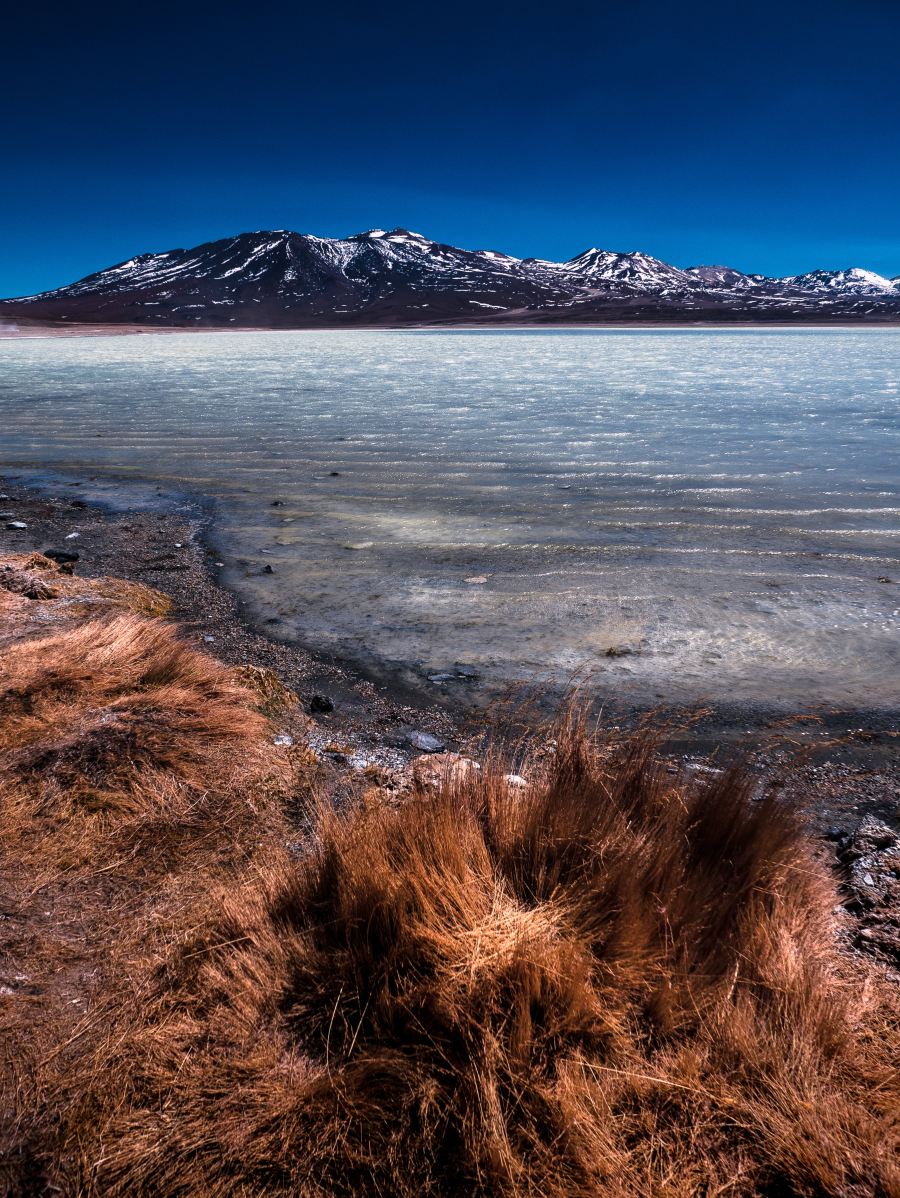Should you be worried by altitude sickness? When does it start to become dangerous and how to prepare for it?
When traveling to Cusco or Puno in Peru, or La Paz and Uyuni in Bolivia it is important to come prepared as adjusting to the altitude can take some time and could affect your trip in Bolivia and Peru. Here are some tips to help you with this and some useful information.
Altitude sickness typically occurs only above 2,500 meters (8,000 ft), though some are affected at lower altitudes. Risk factors include a high degree of activity, and a rapid increase in elevation.
1. What are the effects of altitude
Altitude can affect anyone in some way. Your physical fitness has no impact on how the altitude difference will affect you so there is no need to go to the gym to prepare. The symptoms are roughly the same for everyone but it will impact people on different levels.
- Headache
- Dizziness
- Tiredness
- Difficulties sleeping
- Slow digestion
- Out of breath
Severe altitude sickness is rare but if you think you are not adjusting well to the altitude, go see a doctor and travel to a lower altitude if required.
2. Can you prepare before?
The best way to prevent altitude sickness and be prepared for high altitude locations is by climbing slowly, by steps, allowing the body to adjust to the new altitude. If that is not possible and you are planning to trek or want to attempt a climb soon after arrival, taking acetazolamide can be used to prevent and reduce the symptoms of altitude sickness.
Acetazolamide is also known as Diamox. Please consult with your doctor before taking it.
How to use Diamox Tablet
Acetazolamide should be taken 1 to 2 days before starting to climb. Continue taking it while you are climbing and for at least 48 hours after you have reached your final altitude. You may need to continue taking this medication while staying at the high altitude to control your symptoms.
3. What to do when you arrive
However, it is not absolutely necessary to take Diamox, or acetazolamide, before coming to Peru or Bolivia. In most situations, you can adjust by taking some time when arriving to a new height and avoiding certain things:
- Do not exert yourself
- Avoid smoking and drinking, and other intoxicating substances
- Eat light meals
Some companies advertise over the counter medicine against high altitude sickness, these medicine (Sorojchi pills for example) only treat some of the symptoms, such as the headache and are made of aspirin, acetaminosalol (Salophen) – which is an analgesic – and caffeine. These pills don’t cure altitude sickness and you should check the composition before taking them.
Coca tea is also believed to help with altitude sickness, though there isn’t any evidence to support this. However, drinking coca tea wouldn’t hurt and coca’s analgesic properties would certainly help.
Ultimately, it is important for travelers arriving to Peru and Bolivia to understand the difference between Diamox, Sorojchi Pills and coca tea.
- Check with your doctor before taking Diamox.
- Sorojchi pills can help with the symptoms when you first arrive but are not a treatment for altitude sickness.
- Like the pills coca tea may help alleviate some of the symptoms
- If you are planning to trek or climb a peak, make sure to plan time to acclimatize to the altitude. And if it is not possible do check with your doctor for the best way to deal with it.
- If strong symptoms of altitude sickness remain after a few days please check with a doctor.
- The only treatment for high altitude sickness is to descend to a lower altitude.


